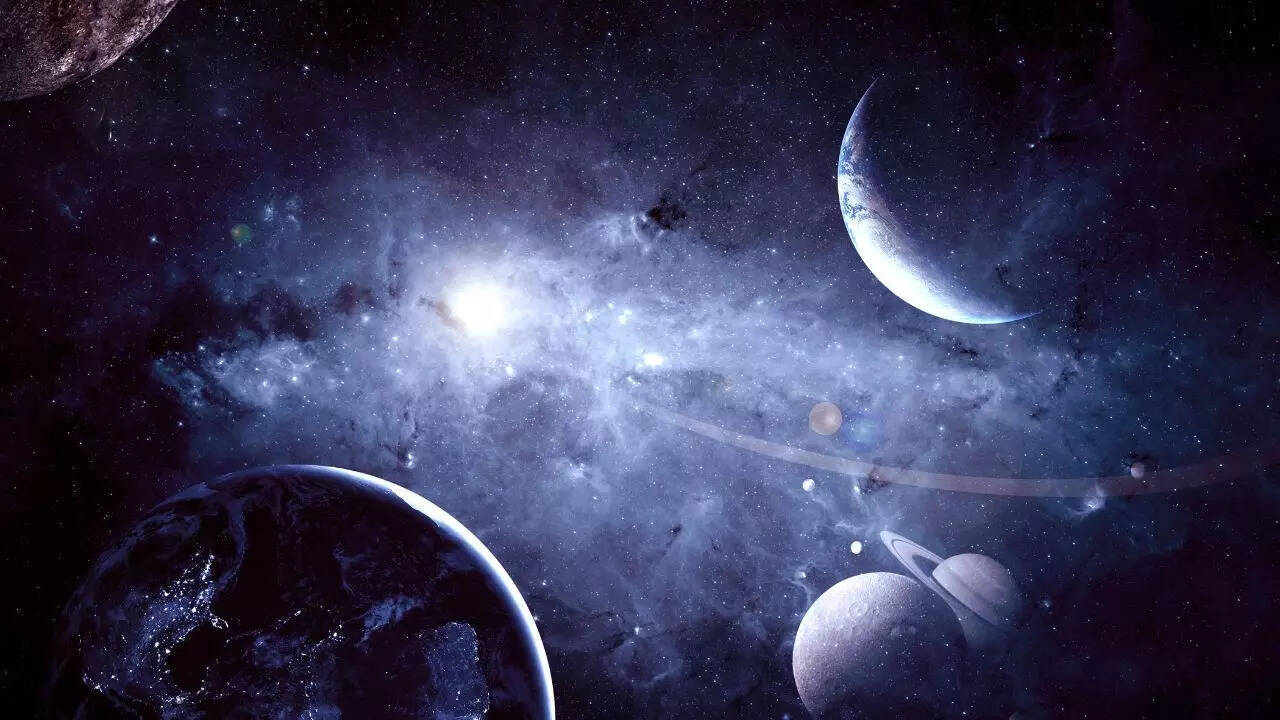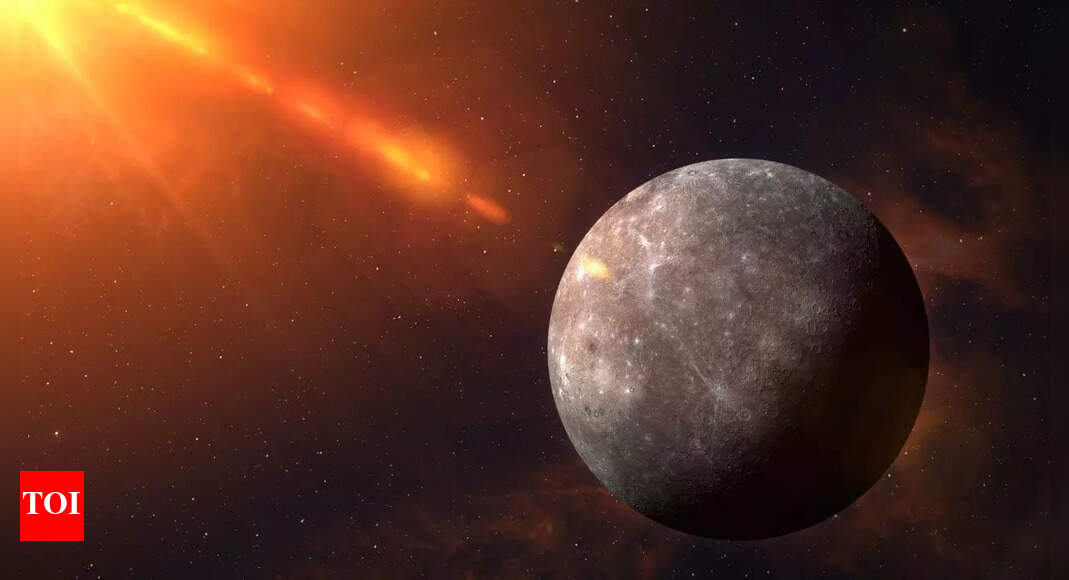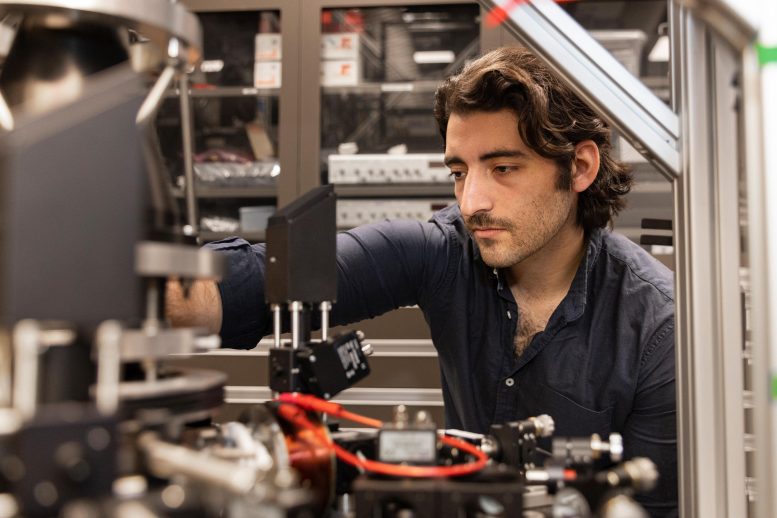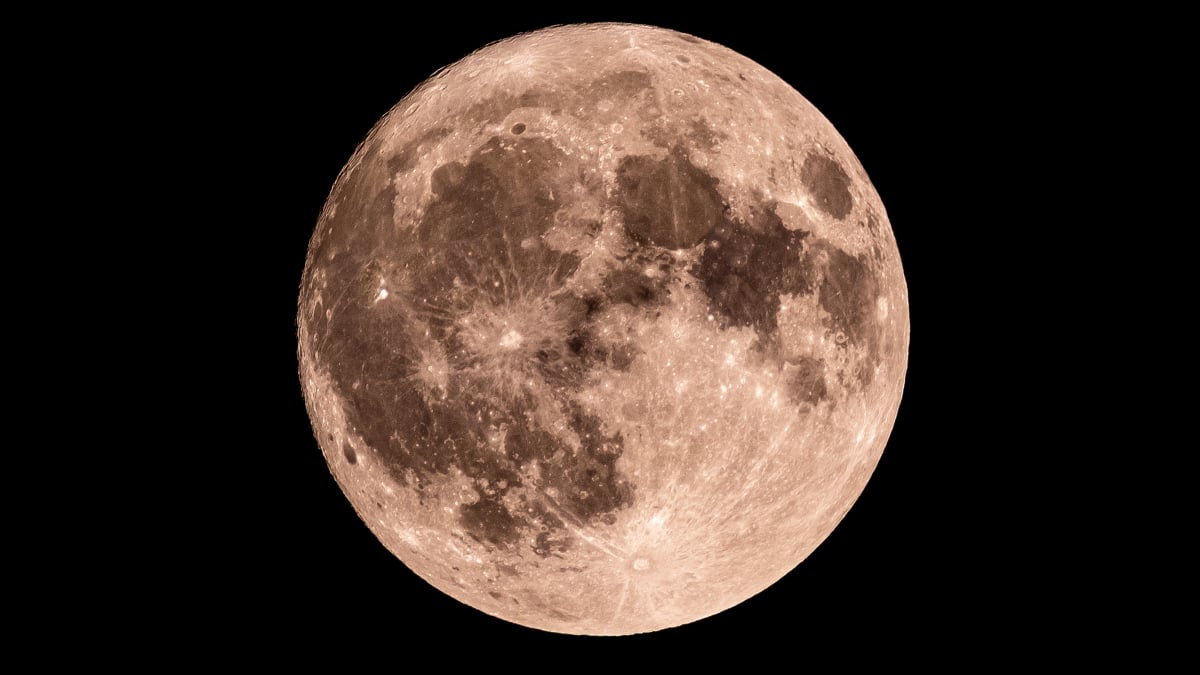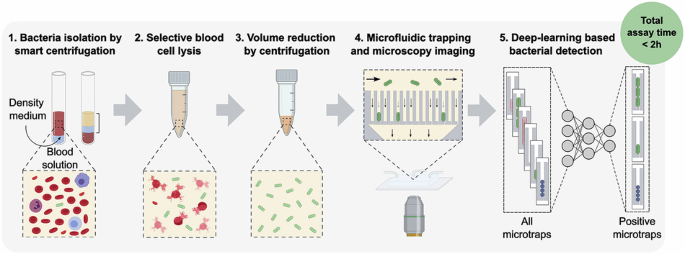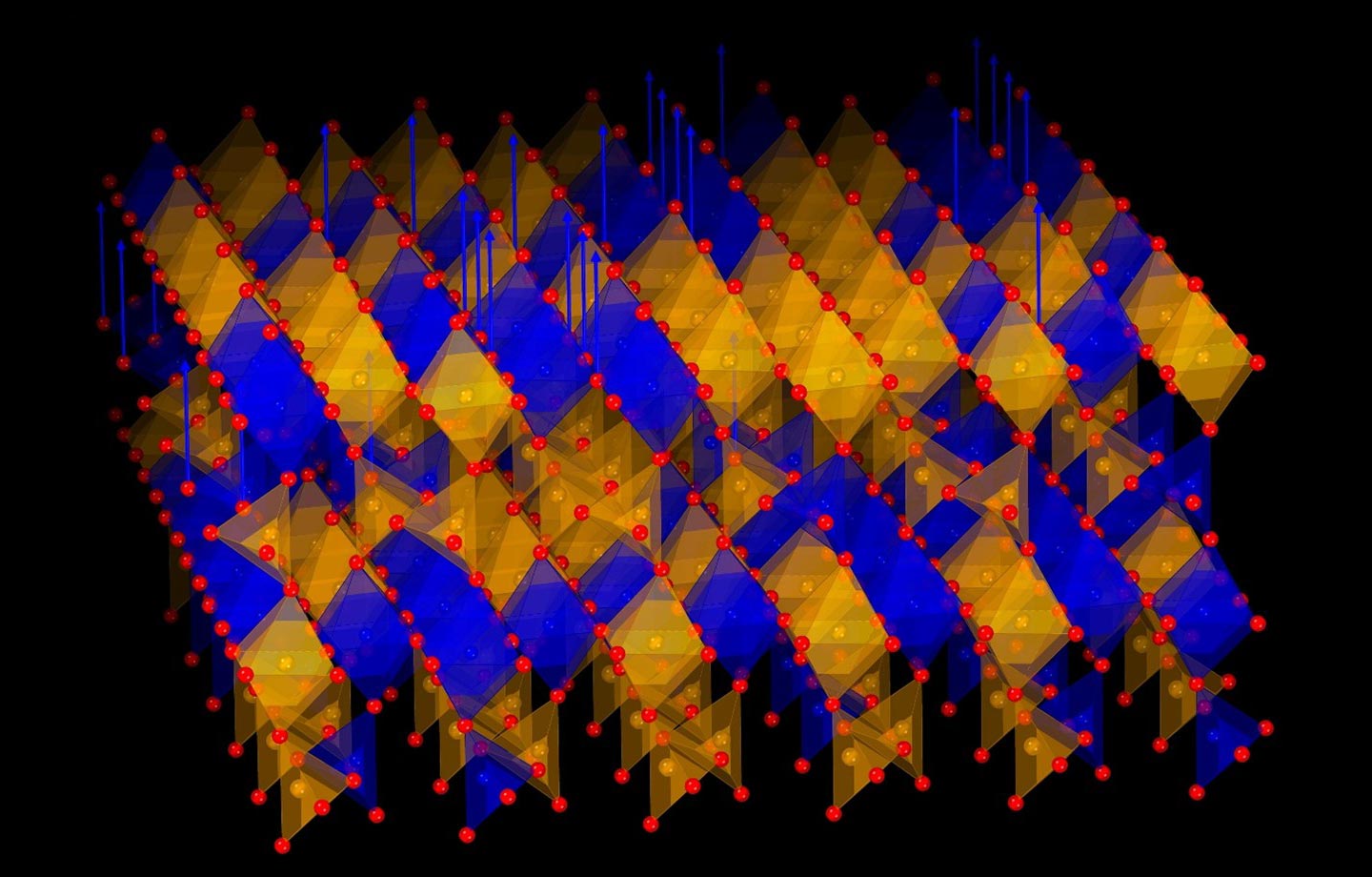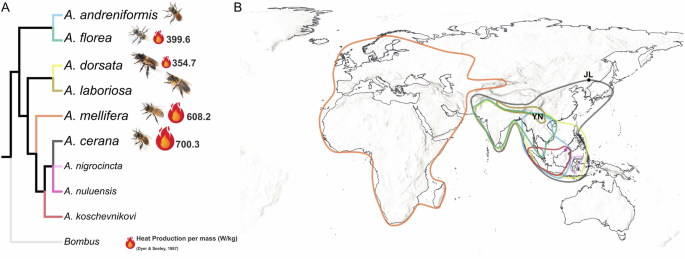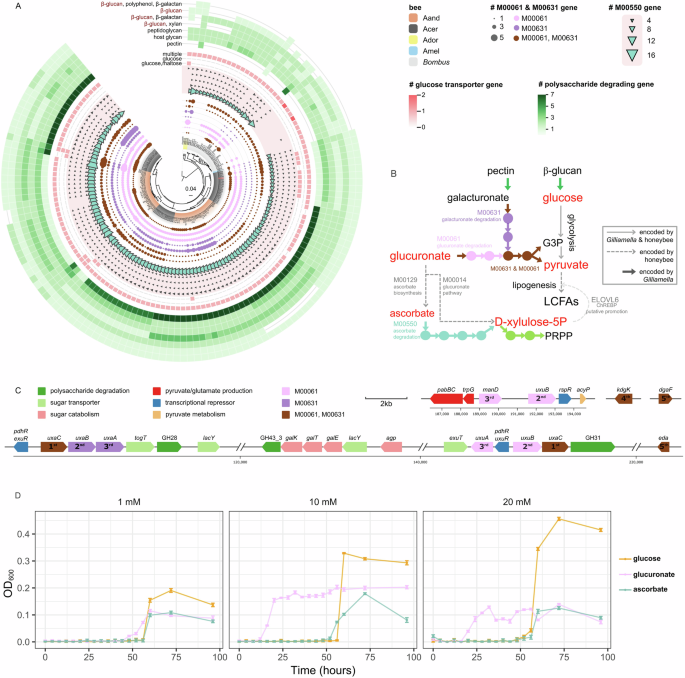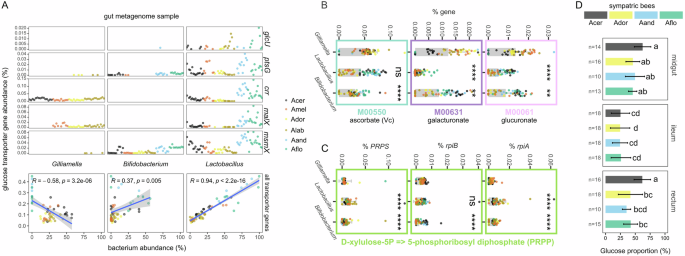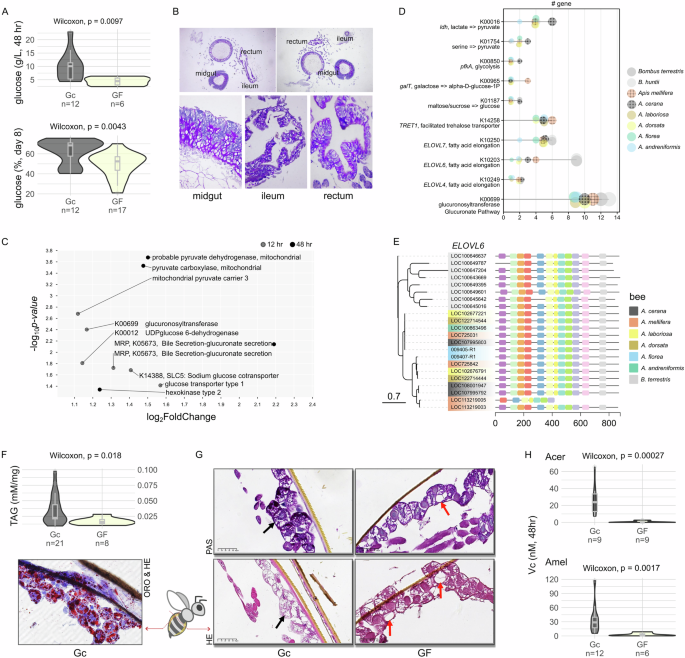Singer, M. et al. The third international consensus definitions for sepsis and septic shock (sepsis-3). J. Am. Med. Assoc. 315, 801–810 (2016).
Google Scholar
Rudd, K. E. et al. Global, regional, and national sepsis incidence and mortality, 1990-2017: analysis for the Global Burden of Disease Study. Lancet 395, 200–211 (2020).
PubMed
PubMed Central
Google Scholar
Thompson, K., Venkatesh, B. & Finfer, S. Sepsis and septic shock: current approaches to management. Intern. Med. J. 49, 160–170 (2019).
PubMed
Google Scholar
Kumar, A. et al. Duration of hypotension before initiation of effective antimicrobial therapy is the critical determinant of survival in human septic shock. Crit. Care Med. 34, 1589–1596 (2006).
PubMed
Google Scholar
Huerta, L. E. & Rice, T. W. Pathologic difference between sepsis and bloodstream infections. J. Appl. Lab. Med. 3, 654–663 (2019).
PubMed
Google Scholar
Bates, D. W. et al. Predicting bacteremia in patients with sepsis syndrome. J. Infect. Dis. 176, 1538–1551 (1997).
PubMed
Google Scholar
Yagupsky, P. & Nolte, F. S. Quantitative aspects of septicemia. Clin. Microbiol. Rev. 3, 269–279 (1990).
PubMed
PubMed Central
Google Scholar
Cohen, J. et al. Sepsis: a roadmap for future research. Lancet Infect. Dis. 15, 581–614 (2015).
PubMed
Google Scholar
Morgenthaler, N. G. & Kostrzewa, M. Rapid identification of pathogens in positive blood culture of patients with sepsis: Review and meta-analysis of the performance of the Sepsityper kit. Int. J. Microbiol. 2015, 827416 (2015).
PubMed
PubMed Central
Google Scholar
Lambregts, M. M., Bernards, A. T., van der Beek, M. T., Visser, L. G. & de Boer, M. G. Time to positivity of blood cultures supports early re-evaluation of empiric broad-spectrum antimicrobial therapy. PLoS ONE 14, 1–12 (2019).
Google Scholar
McGregor, C. Improving time to antibiotics and implementing the “Sepsis 6”. BMJ Open Quality 2 https://bmjopenquality.bmj.com/content/2/2/u202548.w1443 (2014).
Bochud, P. Y., Glauser, M. P., Calandra, T. & International Sepsis Forum. Antibiotics in sepsis. Intens. Care Med. 27, S33–48 (2001).
Google Scholar
Rhee, C. et al. Prevalence, underlying causes, and preventability of sepsis-associated mortality in US acute care hospitals. JAMA Netw. Open 2, 1–14 (2019).
Google Scholar
Llor, C. & Bjerrum, L. Antimicrobial resistance: Risk associated with antibiotic overuse and initiatives to reduce the problem. Ther. Adv. Drug Saf. 5, 229–241 (2014).
PubMed
PubMed Central
Google Scholar
Korvick, J. A., Peacock, J. E., Muder, R. R., Wheeler, R. R. & Yu, V. L. Addition of rifampin to combination antibiotic therapy for Pseudomonas aeruginosa bacteremia: prospective trial using the Zelen protocol. Antimicrob. Agents Chemother. 36, 620–625 (1992).
PubMed
PubMed Central
Google Scholar
Ombelet, S. et al. Best practices of blood cultures in low- and middle-income countries. Front. Med. 6, 131 (2019).
Google Scholar
Mazzulli, T. et al. Impact of implementation of bact/alert virtuo on blood culture time to positivity in sepsis patients. Microbiol. Spectr. 11, e05003–22 (2023).
PubMed
PubMed Central
Google Scholar
Tjandra, K. C. et al. Diagnosis of bloodstream infections: an evolution of technologies towards accurate and rapid identification and antibiotic susceptibility testing. Antibiotics 11, 511 (2022).
PubMed
PubMed Central
Google Scholar
Khan, Z. A., Siddiqui, M. F. & Park, S. Current and emerging methods of antibiotic susceptibility testing. Diagnostics 9, 49 (2019).
PubMed
PubMed Central
Google Scholar
Jorgensen, J. H. & Ferraro, M. J. Antimicrobial susceptibility testing: a review of general principles and contemporary practices. Clin. Infect. Dis. 49, 1749–1755 (2009).
PubMed
Google Scholar
Ekwall-Larson, A., Fröding,I., Mert, B., Åkerlund, A. & Özenci, V. Analytical performance and potential clinical utility of EUCAST rapid antimicrobial susceptibility testing in blood cultures after four hours of incubation. Microbiol. Spectrum 11, e0500122 (2023).
Google Scholar
Banerjee, R. & Humphries, R. Rapid antimicrobial susceptibility testing methods for blood cultures and their clinical impact. Front. Med. 8, 635831 (2021).
Google Scholar
Jonasson, E., Matuschek, E. & Kahlmeter, G. The EUCAST rapid disc diffusion method for antimicrobial susceptibility testing directly from positive blood culture bottles. J. Antimicrob. Chemother. 75, 968–978 (2020).
PubMed
PubMed Central
Google Scholar
Baltekin, Ö. et al. Evaluation of an ultra-rapid antibiotic susceptibility testing method on positive blood cultures with Escherichia coli. Preprint at https://www.medrxiv.org/content/10.1101/2021.12.14.21267046v1 (2021).
Wu, W. et al. Direct single-cell antimicrobial susceptibility testing of Escherichia coli in urine using a ready-to-use 3d microwell array chip. Lab Chip 23, 2399–2410 (2023).
PubMed
Google Scholar
Rojas-Andrade, M. D. et al. Rapid antibiotic susceptibility determination by fluorescence lifetime tracking of bacterial metabolism. ACS Infect. Dis. 10, 4057–4065 (2024).
PubMed
Google Scholar
Wu, W. et al. Enzymatic antimicrobial susceptibility testing with bacteria identification in 30 min. Anal. Chem. 95, 16426–16432 (2023).
PubMed
Google Scholar
Wu, W. et al. All-in-one Escherichia coli viability assay for multi-dimensional detection of uncomplicated urinary tract infections. Anal. Chem. 94, 17853–17860 (2022).
PubMed
Google Scholar
Wu, W. et al. Inoculum size-insensitive susceptibility determination of urine sample based on in-situ measurement of inducible enzyme activity after 20 min of antibiotic exposure. Anal. Chim. Acta 1282, 341858 (2023).
PubMed
Google Scholar
Wong, A. Y. W., Johnsson, A. T. A. & Özenci, V. Performance of dRAST on prospective clinical blood culture samples in a simulated clinical setting and on multidrug-resistant bacteria. Microbiol. Spectrum 10, e0210721 (2022).
Google Scholar
Marschal, M. et al. Evaluation of the accelerate pheno system for fast identification and antimicrobial susceptibility testing from positive blood cultures in bloodstream infections caused by gram-negative pathogens. J. Clin. Microbiol. 55, 2116–2126 (2017).
PubMed
PubMed Central
Google Scholar
Reszetnik, G. et al. Next-generation rapid phenotypic antimicrobial susceptibility testing. Nat. Commun. 15, 9719 (2024).
PubMed
PubMed Central
Google Scholar
Timsit, J. F., Ruppé, E., Barbier, F., Tabah, A. & Bassetti, M. Bloodstream infections in critically ill patients: an expert statement. Intens. Care Med. 46, 266–284 (2020).
Google Scholar
Marco, F. Molecular methods for septicemia diagnosis. Enfermedades Infecciosas y. Microbiologia Clin. 35, 586–592 (2017).
Google Scholar
Kirn, T. J. & Weinstein, M. P. Update on blood cultures: How to obtain, process, report, and interpret. Clin. Microbiol. Infect. 19, 513–520 (2013).
PubMed
Google Scholar
Choi, J. et al. A rapid antimicrobial susceptibility test based on single-cell morphological analysis. Sci. Transl. Med. 6, 267ra174 (2014).
PubMed
Google Scholar
Kinnunen, P. et al. Monitoring the growth and drug susceptibility of individual bacteria using asynchronous magnetic bead rotation sensors. Biosens. Bioelectron. 26, 2751–2755 (2011).
PubMed
Google Scholar
Godin, M. et al. Using buoyant mass to measure the growth of single cells. Nat. Methods 7, 387–390 (2010).
PubMed
PubMed Central
Google Scholar
Baltekin, Ö., Boucharin, A., Tano, E., Andersson, D. I. & Elf, J. Antibiotic susceptibility testing in less than 30 min using direct single-cell imaging. Proc. Natl Acad. Sci. USA 114, 9170–9175 (2017).
PubMed
PubMed Central
Google Scholar
Osaid, M. et al. A multiplexed nanoliter array-based microfluidic platform for quick, automatic antimicrobial susceptibility testing. Lab Chip. 21, 2223–2231 (2021).
PubMed
Google Scholar
Mach, A. J. & Di Carlo, D. Continuous scalable blood filtration device using inertial microfluidics. Biotechnol. Bioeng. 107, 302–311 (2010).
PubMed
Google Scholar
Hou, H. W., Bhattacharyya, R. P., Hung, D. T. & Han, J. Direct detection and drug-resistance profiling of bacteremias using inertial microfluidics. Lab Chip 15, 2297–2307 (2015).
PubMed
PubMed Central
Google Scholar
Lu, X. et al. Sheathless and high-throughput elasto-inertial bacterial sorting for enhancing molecular diagnosis of bloodstream infection. Lab Chip 21, 2163–2177 (2021).
PubMed
Google Scholar
Narayana Iyengar, S., Kumar, T., Mårtensson, G. & Russom, A. High resolution and rapid separation of bacteria from blood using elasto-inertial microfluidics. Electrophoresis 42, 2538–2551 (2021).
PubMed
Google Scholar
Zeng, K., Osaid, M. & van der Wijngaart, W. Efficient filter-in-centrifuge separation of low-concentration bacteria from blood. Lab Chip. 23, 4334–4342 (2023).
PubMed
Google Scholar
Marino Miguélez, M. H., Huguenin-Dumittan, A., Osaid, M. & van der Wijngaart, W. Isolation and identification of bacteria from blood within 12 h using standard laboratory equipment. Sci. Rep. 15, 1–10 (2025).
Google Scholar
Pitt, W. G. et al. Rapid separation of bacteria from blood-review and outlook. Biotechnol. Prog. 32, 823–839 (2016).
PubMed
PubMed Central
Google Scholar
Forsyth, B. et al. A rapid single-cell antimicrobial susceptibility testing workflow for bloodstream infections. Biosensors 11, 288 (2021).
PubMed
PubMed Central
Google Scholar
Fang, Y.-L. et al. An integrated microfluidic system for early detection of sepsis-inducing bacteria. Lab Chip 21, 113–121 (2021).
PubMed
Google Scholar
Kang, J. H. et al. An extracorporeal blood-cleansing device for sepsis therapy. Nat. Med. 20, 1211–1216 (2014).
PubMed
Google Scholar
Lee, J.-J. et al. Synthetic ligand-coated magnetic nanoparticles for microfluidic bacterial separation from blood. Nano Lett. 14, 1–5 (2014).
PubMed
Google Scholar
Kim, T. H. et al. Blood culture-free ultra-rapid antimicrobial susceptibility testing. Nature 632, 893–902 (2024).
PubMed
Google Scholar
Cheng, I.-F., Chen, T.-Y., Lu, R.-J. & Wu, H.-W. Rapid identification of bacteria utilizing amplified dielectrophoretic force-assisted nanoparticle-induced surface-enhanced Raman spectroscopy. Nanoscale Res. Lett. 9, 324 (2014).
PubMed
PubMed Central
Google Scholar
Ohlsson, P. et al. Integrated acoustic separation, enrichment, and microchip polymerase chain reaction detection of bacteria from blood for rapid sepsis diagnostics. Anal. Chem. 88, 9403–9411 (2016).
PubMed
Google Scholar
Cooney, S., O’Brien, S., Iversen, C. & Fanning, S. Bacteria: Other Pathogenic Enterobacteriaceae – Enterobacter and Other Genera. in Encyclopedia of Food Safety (ed Motarjemi, Y.) 433–441 (Academic Press, Waltham, 2014). https://www.sciencedirect.com/science/article/pii/B9780123786128001049.
Sutton Scott. Accuracy of plate counts. J. Valid. Technol. 17, 42–46 (2011).
Google Scholar
Narayana Iyengar, S. et al. Toward rapid detection of viable bacteria in whole blood for early sepsis diagnostics and susceptibility testing. ACS Sens. 6, 3357–3366 (2021).
PubMed
PubMed Central
Google Scholar
He, K., Zhang, X., Ren, S. & Sun, J. Deep residual learning for image recognition. In Proc. IEEE Conference on Computer Vision and Pattern Recognition, 770–778. http://ieeexplore.ieee.org/document/7780459 (2016).
Tan, M. & Le, Q. Efficientnetv2: smaller models and faster training. In Proc. 38th International Conference on Machine Learning, 10096–10106 (PMLR, 2021).
Oquab, M. et al. Dinov2: Learning robust visual features without supervision. Preprint at https://arxiv.org/abs/2304.07193 (2023).
Dosovitskiy, A. et al. An image is worth 16×16 words: Transformers for image recognition at scale. In Proc. International Conference on Learning Representations (2021). Preprint at https://arxiv.org/abs/2010.11929.
Tran, D. et al. A closer look at spatiotemporal convolutions for action recognition. In Proc. IEEE Conference on Computer Vision and Pattern Recognition (CVPR), 6450–6459. https://doi.org/10.1109/CVPR.2018.00675 (2018).
Tabah, A. et al. Characteristics and determinants of outcome of hospital-acquired bloodstream infections in intensive care units: the Eurobact International Cohort Study. Intensive Care Med. 38, 1930–1945 (2012).
PubMed
Google Scholar
Umemura, Y. et al. Current spectrum of causative pathogens in sepsis: a prospective nationwide cohort study in Japan. Int. J. Infect. Dis. 103, 343–351 (2021).
PubMed
Google Scholar
Blumenreich, M., Walker, H., Hall, W. & Hurst, J. Clinical Methods: The History, Physical, and Laboratory Examinations. 3rd edn, (1990).
Loeb, L. The influence of certain bacteria on the coagulation of the blood. J. Med. Res. 10, 407–419 (1903).
PubMed
PubMed Central
Google Scholar
McAdow, M., Missiakas, D. M. & Schneewind, O. Staphylococcus aureus secretes coagulase and von Willebrand factor binding protein to modify the coagulation cascade and establish host infections. J. Innate Immun. 4, 141–148 (2012).
PubMed
PubMed Central
Google Scholar
Evans, D. C. et al. Cooperation between coagulase and von Willebrand factor binding protein in Staphylococcus aureus fibrin pseudocapsule formation. Biofilm 8, 100233 (2024).
PubMed
PubMed Central
Google Scholar
Liesenborghs, L., Verhamme, P. & Vanassche, T. Staphylococcus aureus, master manipulator of the human hemostatic system. J. Thrombosis Haemost. 16, 441–454 (2018).
Google Scholar
Peetermans, M. et al. Targeting coagulase activity in Staphylococcus aureus bacteraemia: a randomized controlled single-centre trial of Staphylothrombin inhibition. Thrombosis Haemost. 118, 818–829 (2018).
Google Scholar
Hallström, E., Kandavalli, V., Wählby, C. & Hast, A. Rapid identification of seven bacterial species using microfluidics, time-lapse phase-contrast microscopy, and deep learning. Preprint at bioRxiv https://www.biorxiv.org/content/10.1101/2024.10.15.618380v1 (2024).
Kandavalli, V., Karempudi, P., Larsson, J. & Elf, J. Rapid antibiotic susceptibility testing and species identification for mixed samples. Nat. Commun. 13, 6215 (2022).
PubMed
PubMed Central
Google Scholar
Ahmad, I. et al. Phenotypic antibiotic susceptibility testing at the limit of one bacterial cell. Preprint at bioRxiv https://www.biorxiv.org/content/10.1101/2025.04.13.648565v1 (2025).
Camsund, D. et al. Time-resolved imaging-based CRISPRi screening. Nat. Methods 17, 86–92 (2020).
PubMed
Google Scholar
Lin, M., Chen, Q. & Yan, S. Network in network. Preprint at https://arxiv.org/abs/1312.4400 (2013).
Duchon, C. E. Lanczos filtering in one and two dimensions. J. Appl. Meteorol. Climatol. 18, 1016–1022 (1979).
Google Scholar
Garnier et al. viridis(Lite) – Colorblind-Friendly Color Maps for R (2024). https://sjmgarnier.github.io/viridis/. Viridis package version 0.6.5.
Kingma, D. P. & Ba, J. Adam: a method for stochastic optimization. Preprint at https://arxiv.org/abs/1412.6980 (2014).
Loshchilov, I. & Hutter, F. Sgdr: stochastic gradient descent with warm restarts. Preprint at https://arxiv.org/abs/1608.03983 (2016).
Szegedy, C., Vanhoucke, V., Ioffe, S., Shlens, J. & Wojna, Z. Rethinking the inception architecture for computer vision.In Proc. IEEE Computer Society Conference on Computer Vision and Pattern Recognition, 2818–2826. https://doi.org/10.1109/CVPR.2016.308 (2016).
Wightman, R. Pytorch image models. https://github.com/rwightman/pytorch-image-models (2019).
Buslaev, A. et al. Albumentations: fast and flexible image augmentations. Information 11 https://www.mdpi.com/2078-2489/11/2/125 (2020).
